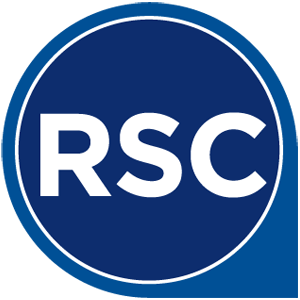Press Release:
SAN RAMON, CA – (December 31, 2015) – Robert Stephen
Consulting, LLC, a San Ramon-based consulting provider, recently re-branded
and unveiled a redesigned website. Founded in February of 2000 by Robert
Stephen, RSC is a private Enterprise Asset Management (EAM), Integrated
Workplace Management System (IWMS), and Computer Aided Facilities Management
(CAFM) consulting firm located in San Ramon and Los Angeles, California and
Phoenix, Arizona, and Salt Lake City, Utah.
RSC works closely with client staff, interior designers,
AutoCAD designers and drafters, lease management and furniture warehousing
companies to facilitate a fully integrated relational database containing
precise and key information for corporate real estate and facilities reporting needs. Some of the
applications used by RSC include web tools utilizing dynamic queries, EAM,
IWMS, and CAFM software such as ARCHIBUS, and most web reporting tools.
RSC’s re-branding was prompted by our growth. As RSC moved into multiple states and several
markets the need for a company image that extended beyond its founder was required. “We are excited about this positioning. Our culture and innovations allow us attract top talent and compete with the best
consulting firms.” Says Bob Stephen, RSC CEO.
The redesigned RSC logo and website presents a modern look utilizing a responsive and simple-navigation design. “Drawing attention to our strengths
was one of the driving forces to the re-brand,” said Bob Stephen, RSC CEO. “RSC
is known for its fast, reliable, solid consulting skills. Our website brings that to the forefront.”
Visit www.RSC2LC.com to begin exploring RSC’s new look and
feel, and subscribe to our Blog. You can also connect with RSC on Facebook,
Twitter, and LinkedIn.





















